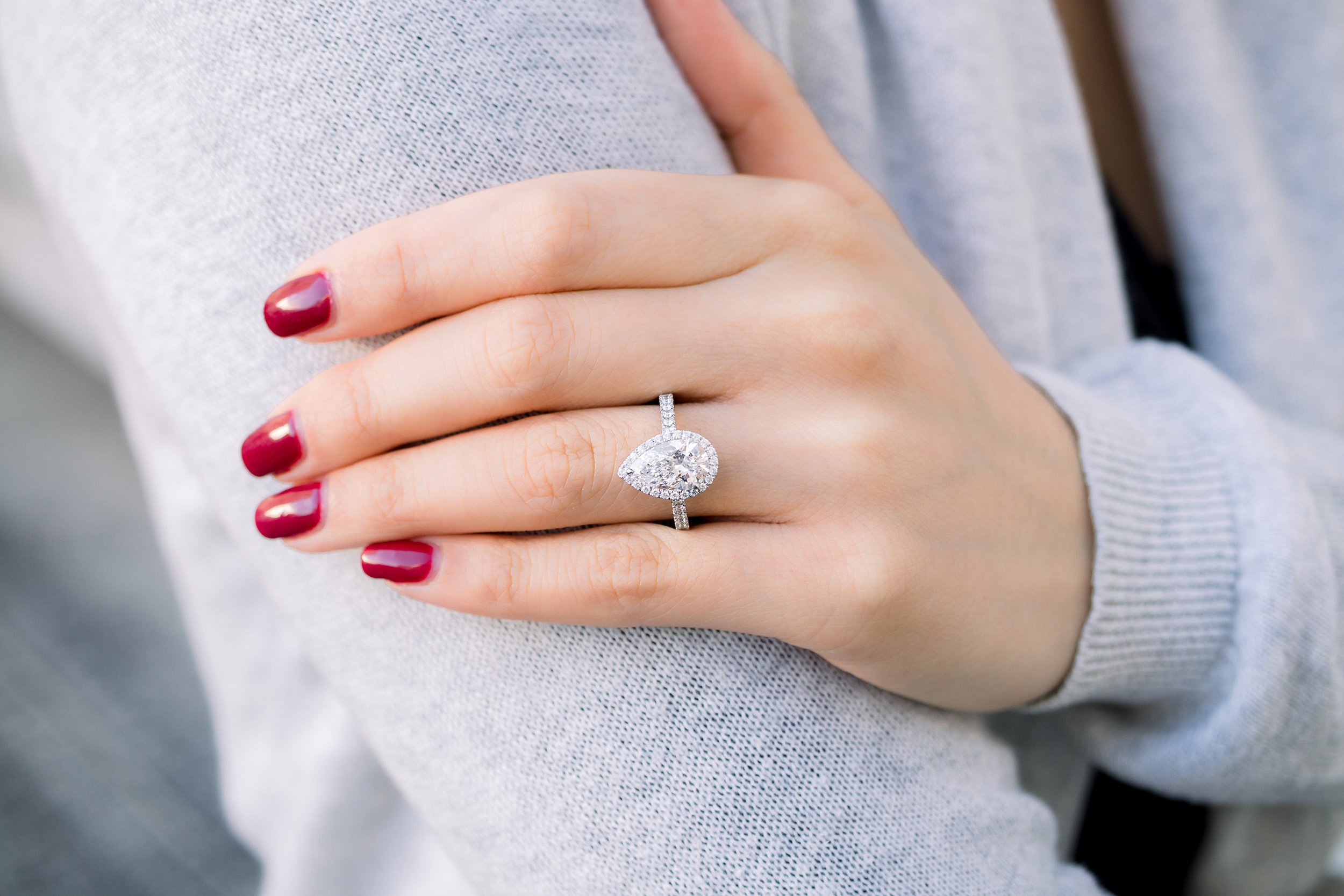Lab-grown diamond jewellery is revolutionizing the way we think about luxury accessories. In this article, we’ll explore the fascinating world of lab-grown diamonds, from their creation process to their environmental and ethical advantages over traditional mined diamonds. Let’s dive in!
Introduction
In recent years, lab-grown diamond jewellery has gained significant traction in the market. These diamonds, also known as synthetic or cultured diamonds, are created in controlled laboratory environments rather than being mined from the earth. But what exactly are lab-grown diamonds, and how do they differ from natural diamonds?
What are Lab-Grown Diamonds?
Lab-grown diamonds possess the same chemical composition, crystal structure, and optical properties as natural diamonds. The key difference lies in their origin: while natural diamonds are formed deep within the earth’s mantle over millions of years, lab-grown diamonds are produced through advanced technological processes in a matter of weeks.
Characteristics of Lab-Grown Diamonds
Lab-grown diamonds exhibit identical physical and chemical properties to natural diamonds, making them visually indistinguishable to the naked eye. They share the same brilliance, fire, and durability, offering consumers a sustainable and ethical alternative to mined diamonds.
How Lab-Grown Diamonds are Made
The process of creating lab-grown diamonds involves replicating the natural conditions under which diamonds form in the earth’s mantle. There are several methods used to produce these synthetic gems, each with its own advantages and drawbacks.
Popular Methods of Lab-Grown Diamond Creation
- High-Pressure High-Temperature (HPHT): This method mimics the conditions found in the earth’s mantle by subjecting a small diamond seed to high pressure and temperature, causing carbon atoms to crystallize around it, gradually forming a larger diamond.
- Chemical Vapor Deposition (CVD): In this technique, a diamond seed is placed in a vacuum chamber filled with carbon-rich gases. These gases are then ionized, breaking down the carbon molecules and depositing them onto the seed, layer by layer, until a diamond is formed.
Advantages of Lab-Grown Diamond Jewellery
Lab-grown diamonds offer several advantages over their natural counterparts, making them an attractive choice for environmentally and socially conscious consumers.
Environmental Impact of Lab-Grown Diamonds
Unlike traditional diamond mining, which often involves extensive land disruption, habitat destruction, and carbon emissions, lab-grown diamonds have a minimal environmental footprint. They require significantly less energy and water to produce, resulting in lower greenhouse gas emissions and reduced ecological damage.
Cost Comparison: Lab-Grown vs. Mined Diamonds
One of the most compelling reasons to choose lab-grown diamond jewellery is its affordability compared to mined diamonds. While natural diamonds are subject to the laws of supply and demand, which can cause their prices to fluctuate, lab-grown diamonds offer a more stable pricing structure.
Consumer Awareness and Perception
Despite the growing popularity of lab grown diamond jewellery, there remains some confusion among consumers about their quality and value. Many people still associate the term “diamond” with natural, mined stones and may be unaware of the availability and benefits of lab-grown alternatives.
Quality and Durability of Lab-Grown Diamonds
Lab-grown diamonds undergo the same rigorous quality testing and certification processes as natural diamonds, ensuring that they meet the highest standards of clarity, cut, color, and carat weight. They are equally durable and long-lasting, making them suitable for everyday wear.
Ethical Considerations
In addition to their environmental benefits, lab-grown diamonds are also ethically superior to mined diamonds. The diamond mining industry has a history of exploitation and human rights abuses, including forced labor, child labor, and conflict financing. By choosing lab-grown diamonds, consumers can ensure that their purchase supports ethical and responsible practices.
Market Trends and Growth
The market for lab-grown diamond jewellery is experiencing rapid growth, driven by increasing consumer demand for sustainable and ethically sourced products. Major retailers and luxury brands are embracing this trend by incorporating lab-grown diamonds into their collections, man made diamonds, further solidifying their status as a mainstream alternative to mined diamonds.
Celebrities and Lab-Grown Diamond Jewellery
Celebrities and influencers play a significant role in shaping consumer trends and perceptions. Many high-profile individuals have publicly endorsed lab-grown diamonds for their ethical and environmental benefits, further elevating their appeal among a wider audience.
Future Prospects
As technology continues to advance and consumer preferences evolve, the future of lab grown diamond jewellery looks promising. With ongoing research and innovation, we can expect to see even more innovative applications and sustainable practices emerge in the years to come.

